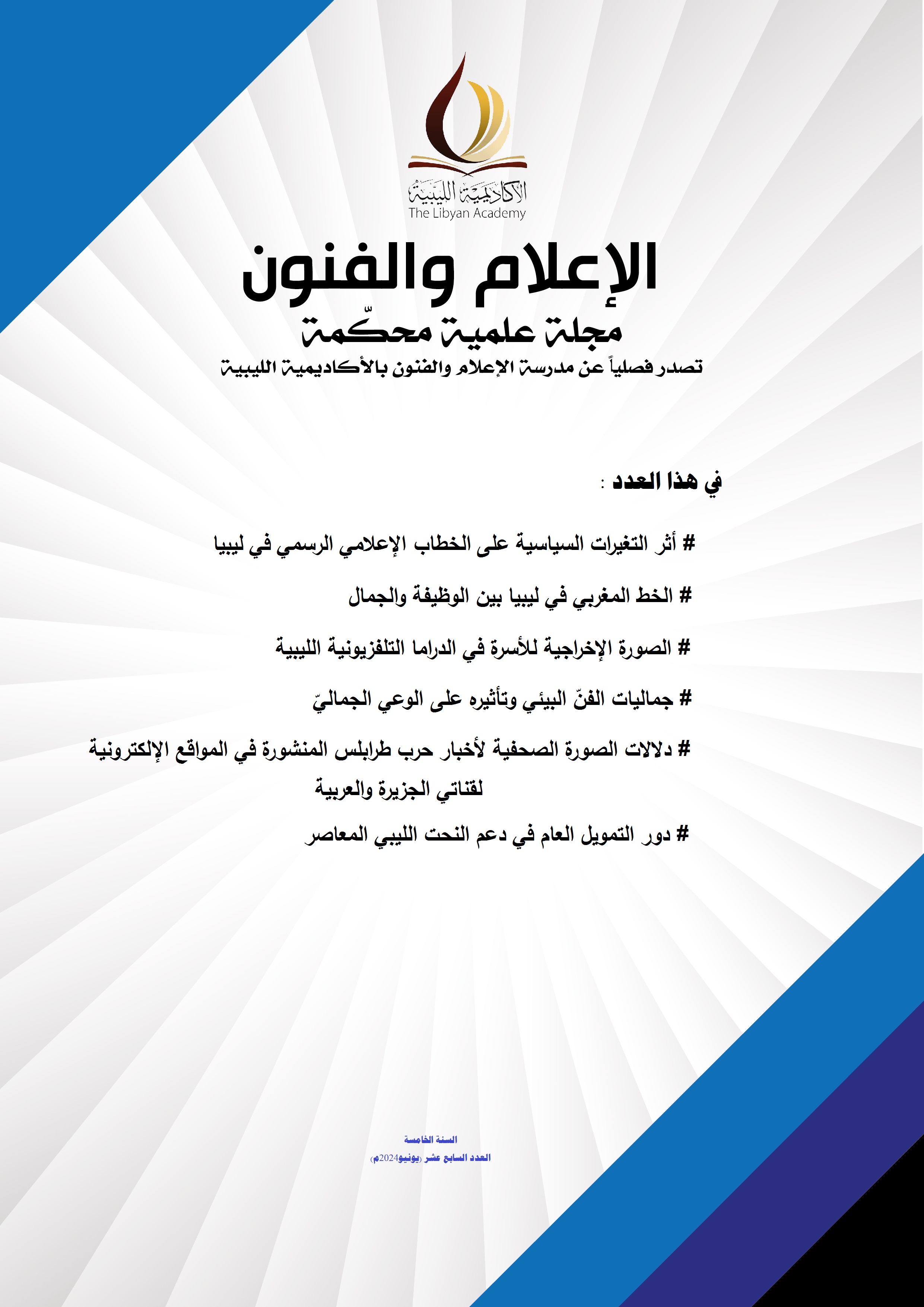دور التربية الفنية في تطوير المهارات التشكيلية للخط العربي
Main Article Content
Abstract
Abstract
Arabic calligraphy is one of the most prominent artistic and aesthetic elements in Arab-Islamic civilization, as it is characterized by a high plastic and aesthetic value that makes it a unique means of expression. Arabic calligraphy has occupied a prominent place in the Islamic arts, as it represents a tool for spiritual and aesthetic expression through elaborate writing and artistic decorations However, the current reality indicates that... Weak interest in developing the plastic skills of Arabic calligraphy within art education curricula in educational institutions. The greatest focus is on the technical and historical aspects of calligraphy without sufficient attention to developing students’ abilities to employ it plastically in a distinct artistic form in their artistic works. The importance of this research is highlighted in revealing the role that it can play. Art education in refining the fine skills of Arabic calligraphy among students, as it aims to analyze the reality of employing Arabic calligraphy in artistic educational curricula, identify the challenges facing the development of these skills, and provide recommendations to enhance the role of art education in this field. This research comes in the context of efforts made to highlight the value of Arabic calligraphy and encouraging more creativity and excellence in its use within contemporary artistic works. This study looks forward to contributing to the development of art education curricula to achieve this goal.

